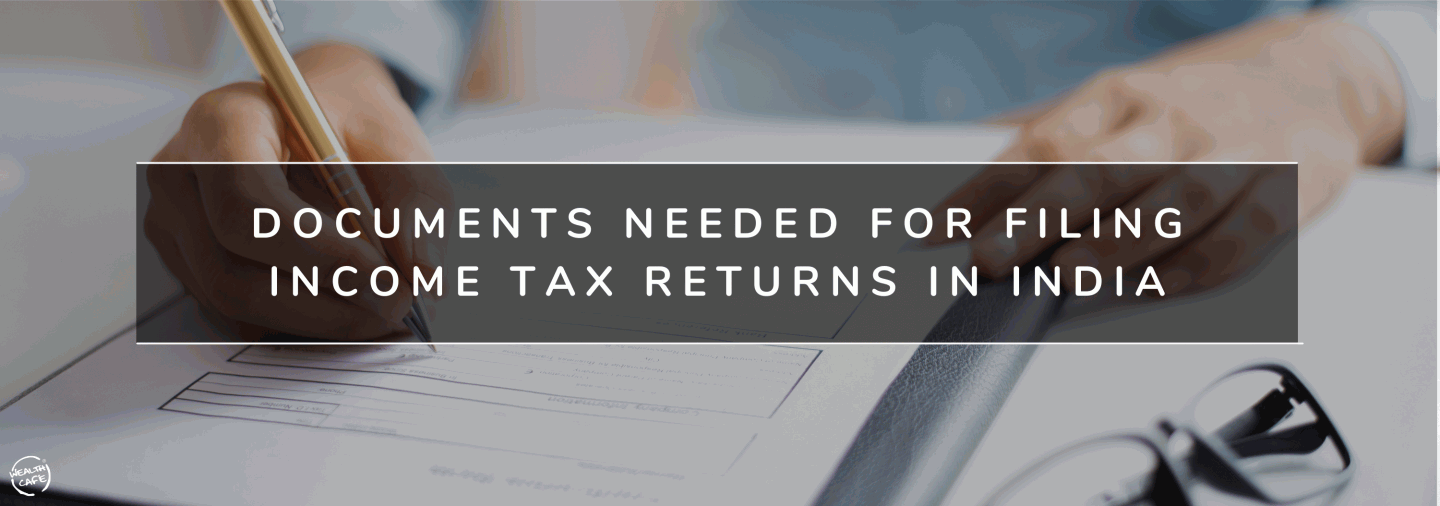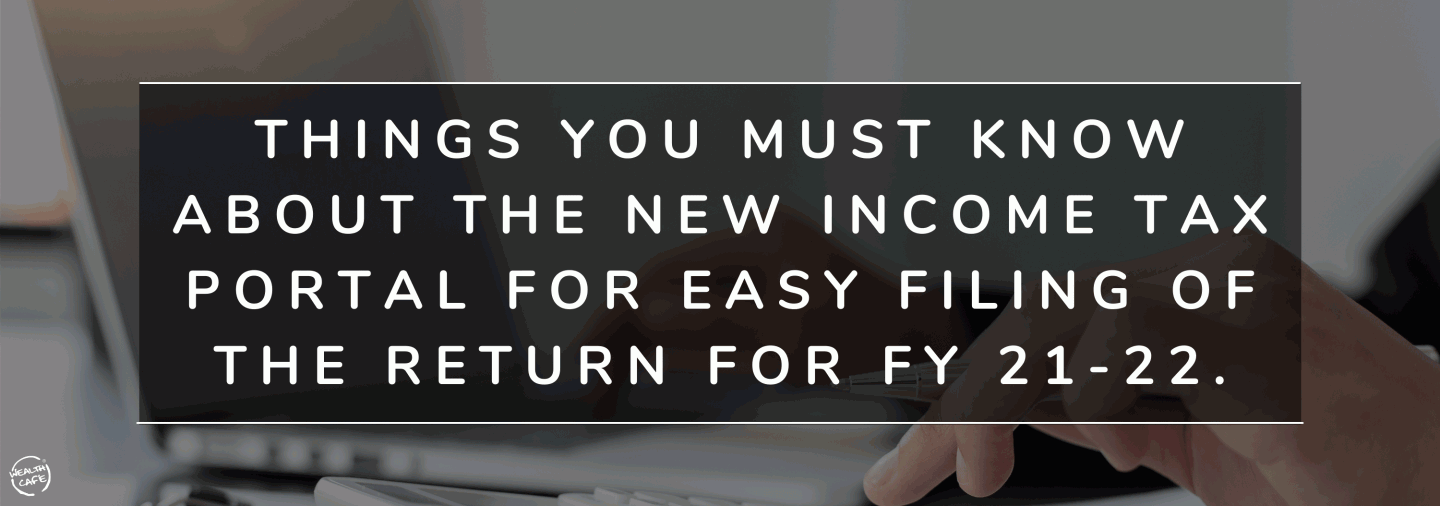Every employer seeks a tax declaration from their employees at the beginning of a financial year. This declaration is a list of all tax-saving investments that an employee commits to make in that particular year.
Declaring tax-saving investments is not all! Employees need to submit proof of expenses or investments during the year to support their declaration. If they fail to do so, the employer will have to recover the tax shortfall from the employee’s salary in the remaining months.
What is Form 12BB?
Form 12BB, with effect from 1st June 2016, is a statement of claims by an employee for the purpose of a tax deduction, claiming tax benefits, or a rebate on investments and expenses, which has to be submitted by the end of the financial year.
List of Things to mention in Form 12BB (Income Tax deduction)
Employers provide a cut-off date for submission of investment or expense proof. Generally, this date lies in January or February, so that shortfall of taxes is recovered in the remaining months of the financial year.
Here’s the checklist for employers for the most popular tax-saving investments.
Name and Address of Employer :- Fill the name of your company with Address
PAN Number of employee :- Your PAN Card Number
House Rent Allowance: – As per IT Act 10 (13A), House Rent Allowance gets exemption from Taxable Income. For claiming HRA tax exemption, you need to submit the following details to your employer -
- Amount of Rent paid
- Name of your landlord
- Address of your landlord
- PAN No of your landlord in case the total amount of rent paid during the year exceeds Rs.1 lakh.
In Addition, you also need to submit the proof for claiming HRA tax exemption.
1. Evidence/Proof for claiming House Rent Allowance tax exemption:
The proof for claiming HRA tax exemption are the monthly rent receipts.
2. Things to remember when claiming HRA tax exemption:
- You can claim HRA tax exemption only when HRA is a part of your CTC.
- In case, HRA is not a part of your CTC and you are living in a rented house you can claim tax benefit under section 80GG.
- Rent receipt is required only when your monthly rent exceeds Rs. 3,000.
- You can’t claim HRA if you are living in your own house.
- If you are paying rent to your parents, then ask them to show it as their income at the time of filing their Income Tax Return.
- Never submit fake rent receipts, this might land you in big trouble with the income tax authorities.
Leave Travel Allowance (LTA):-
This allowance is one and the only allowance that helps save tax only when you take a holiday.
1. Evidence/Proof for claiming LTA tax exemption: To claim LTA, employees need to submit travel bills like boarding passes, flight tickets, invoice of travel agent, boarding pass etc. to employer.
2. Amount of tax saving on LTA : This tax exemption is allowed only on actual travel cost to the extent specified in CTC.The fare is exempt as per the mentioned conditions.
You need to provide all proof of travel expenses you made from LTA money in 12BB form.
Deduction of Interest on Borrowing:
The information needs to be filled in the Form 12BB are:
- Interest Payable/paid to the lender during the financial year
- Name of the lender from whom loan is taken
- Address of the lender
- PAN of the lender: Financial Institutions/Employer/Others, from whoever the loan is taken
1. Evidence/Proof for claiming tax exemption for interest on borrowing:
Documents required to claim deduction u/s 24B on interest payment of home loan are:
- Statement / Certificate stating total EMI paid along with Interest and Principal Components.
- Possession/construction completion certificate
- Self-declaration from the employee whether the house is self-occupied or let out.
- Joint Owner if Property is the name of more than one owner.
2. Home Loan Interest :-
a. Tax benefits on payment of interest: If you have taken home loan , you can be exempt from interest paid for home loan under Section 24, Mention the amount you paid as an interest, your name and address and Pan card number.
Tip : Claiming deduction on interest payment shall result in a loss under head house property. This loss can be adjusted against income from other heads in the current year subject to the limit of Rs. 2 lakh
b. Tax benefits on repayment of Principal Amount: In both the cases whether there is self-occupied property or rented property, principal amount repayment is eligible to be claimed under Sec 80C of the income tax act. A maximum of Rs. 1.5 lakh can be claimed under Sec. 80C for the principal amount.(Max. the limit of claiming all deductions under 80c is 1.5 lakh.So, plan accordingly.)
3. Things to remember when claiming Interest on Home Loan tax exemption :
- In case, you have taken a home loan jointly then you can claim benefit of the interest deduction proportionately.
- If you have taken home loan from a lender other than bank i.e. your friends, relatives or any money lender the interest payment can be claimed as a deduction under section 24.Provided you take a certificate of interest from the person to whom you had paid interest.
- Where loan is taken from your friends, relatives or any money lender i.e. other than banks the repayment of principal is not eligible for deduction under section 80C. This part of the form may take more time to finish if you are claiming maximum tax benefits .If you do not have any deductions to make, you can then move on to the last section.
Investments:
Chapter VI-A covers income tax deduction under various sections as follows:
- 80C: Premium to be paid for life insurance and/or investments to be made in ELSS funds, PPF, NPS and/or school tuition fees for children, etc
- 80CCC: Premium to be paid for annuity plan
- 80CCD: Additional contributions made to NPS
- 80E: Interest to be paid on education loan
- 80G: Donations to be made to specified organisations
- 80TTA: Interest income earned from savings bank account
- 80D: Premium to be paid for medical insurance
To claim deduction, evidence of investment made or expenditure incurred is required.
– For Employers: – Central Board of Direct Taxes (CBDT) has clearly mentioned that Employers need to give proper evidence of the employee’s income and calculate the TDS according to that.
– For employees :- if your income is less than the income tax slab or if you have paid more income tax than your actual income at the end of the financial year, you can claim Income Tax Refund.
Employees can download the PDF format of ITR Form 12BB from this link.
Mode and time of submission
Employers should collate online Form 12BB, income disclosure information, and documentary proofs. The employees will upload these documents to the online portal, and the payroll team can verify the same. Alternatively, some employers manually collate the data or combine both.
The tax declarations and their proofs should be submitted by the cut-off date.







